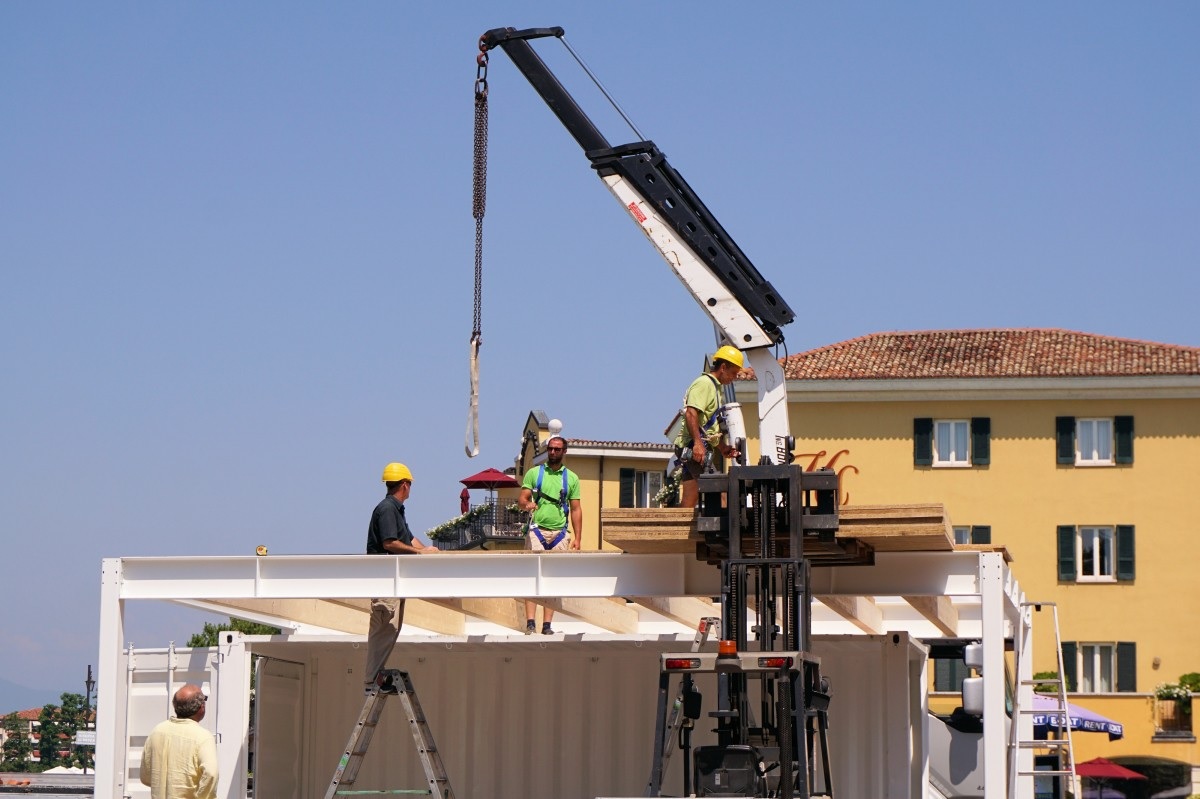As companies globally push to discover new ways to compete in the coming years, innovation in construction technology is proving to be the best way to accomplish that. The leading edge seems to move extremely fast.
It is getting hard to keep track of innovations since new innovations overshadow the effect of tools we have recently begun to explore. These innovative technologies are being harnessed fully to improve the qualitative index of buildings. Below are 3 amazing modern construction technologies in the industry.
1. AI and Machine Learning
As the IoT continually gathers more data, construction firms will require tools to manage all this data. As such, machine learning is gaining importance. Systems that collect and organize data from the connected worksite are currently important as construction firms rely more on real-time info for efficient project management.
Machine learning and AI in construction will soon become a backbone for collecting and analyzing multiple data streams from an integrated digital workflow. Well-trained AI can categorize information quicker than a human operator. The result is the reduced time required to get the clearest picture of issues on a worksite.
Machine learning is currently creating opportunities for new technology utilization, for instance, the Smartvid.io, which aggregates visual data from job site cameras and uses AI to tag potential safety violations and safety hazards. The technology is considered the tip of the iceberg, as more innovative AI and machine learning applications are currently underway.
2. Smart Autonomous Equipment
One of the main goals of a construction worksite is to maintain worker safety and improve efficiency. The construction industry has witnessed the innovation of equipment meant to either improve workers’ productivity, for example, VR, or to ensure worker safety, for instance, a traffic cone.
Robotics and automation provide a path to greater efficiency and safety, including the use of drones in construction. Project managers or workers send drones to inspect a job site and end up saving time. The drones also keep the workers on the ground instead of scaling scaffolds and navigating the potential working site hazards.
Some drones can generate a 3D site model that allows automatic calculations of an area, volume of earth to be moved, and other relevant info that once required lots of time to finish.
Robotic rovers, guided by AI, also provide job site status data, monitor sites independently, and feed data back to the predictive analytic system. Furthermore, technicians are developing automated equipment in the form of driverless dump-trucks and earth-movers in road-building and mining applications.
3. Pre-site Construction
Construction firms no longer have to spend hours on a construction site with the innovation of prefabricated buildings. Using modular 3D Volumetric Construction, 3D units are manufactured in a controlled setting using the necessary construction and building materials.
The finished materials are then transported to the worksite in different modules, simple structural blocks, final touched-up units, all amenities included for assembly. The blocks are erected rapidly at the site, and concrete properties like fire retardant, thermal mass, sound sensitivity, among others, are retained.
Pre-site construction also includes the precast flat panel modules. They are primarily walls and floor modules manufactured away from the main site and then transported to the site for erection and assembly. Load-bearing components, for example, insulation panels and decorative cladding, can also be produced.
The precast flat panel module has gained popularity owing to its effortless adherence to guidelines, specifications, ease, and construction swiftness.
What Drives These Construction Technology Innovations?
Since competition is high, construction firms have to find a way to reduce costs and inefficiencies. There is also an issue of “brain drain” where seasoned professionals are retiring rapidly, and significant institutional knowledge amounts are being lost with their departure.
There is also the need for safety in the workplace, which has introduced a different breed of a traffic cone and smart safety gear to construction workers. Construction firms also want to improve efficiency and human productivity, which ultimately points to the need for these innovations.
Bottom Line
The Internet of Things has allowed the collaboration of different aspects of the construction industry as one. Almost every one of the above technologies is connected and integrated, making work easy in the worksite. All these modern construction technologies will soon change the construction market for the better, improving worker safety, and ultimately, human productivity.















